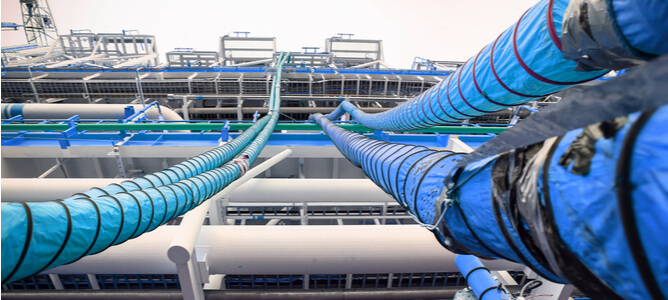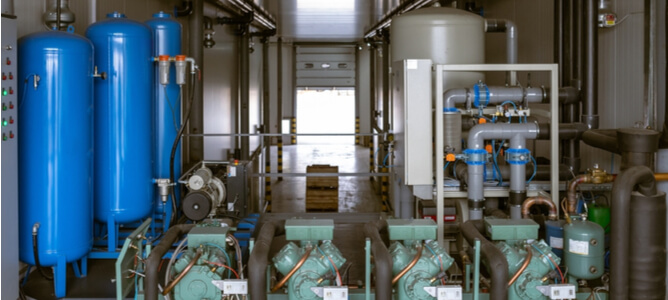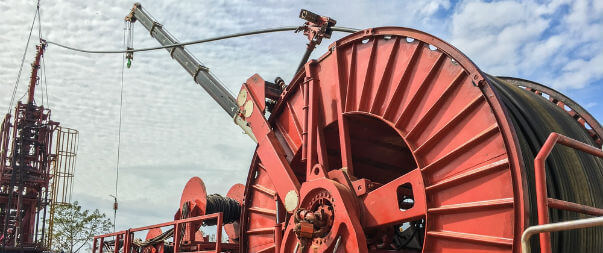
Top 4 Nitrogen Purging Systems for Industrial Applications
Industrial processes often face contamination from hazardous gases like oxygen and pro-oxidative gases. To combat this, manufacturers use nitrogen purging systems, which help prevent contamination and reduce the risk of explosions. Here’s a look at four nitrogen purging systems and their key applications.
Overview of the Nitrogen Purging Process
Nitrogen purging involves using inert gas to remove unwanted impurities from manufacturing systems. This method is crucial in industries such as chemical, pharmaceutical, and oil and gas, where it’s essential to eliminate moisture, harmful vapors, and chemically active oxygen. By displacing these impurities, nitrogen purging creates a stable, safe environment for industrial operations.
Nitrogen Purging in Pipeline Networks
Pipeline networks also benefit from nitrogen purging. Newly installed pipelines often need to be free from water vapor, oxygen, and other impurities. Pressurized nitrogen gas flows through the pipelines, forcing out these contaminants and ensuring clean, stable flow lines.
Why is Nitrogen Used for Purging?
Nitrogen accounts for nearly 78% of the atmosphere, making it readily available. With on-site nitrogen generator systems, engineers can ensure a steady nitrogen gas supply for their purging systems.
Moreover, due to its dry and non-combustible properties, the gas is ideal for displacing combustible gaseous impurities that promote unstable and potentially ignitable atmospheres. In other words, nitrogen can efficiently minimize moisture, oxygen, and other contaminants that cause hazards in industrial processes.

4 Different Types of Nitrogen Purging Systems
Choosing the right nitrogen purging system for industrial applications depends on various factors, including equipment type and operator preferences. Here are four types of nitrogen purging systems used in industrial settings:
1. Dilution Purging
Dilution purging is used to remove unwanted gaseous impurities from complex industrial systems like reactors, columns, and kilns. In this method, nitrogen gas is introduced into the system at an inlet point, where it mixes with the contaminants. The mixture is then expelled from an outlet point located as far as possible from the inlet.
The distance between the inlet and outlet is crucial because it ensures a thorough purge, effectively removing impurities. The end result is an inert, hazard-free system ready for safe operation.
2. Displacement Purging
Displacement purging is ideal for more straightforward industrial systems and cross sections such as pipelines. This simple technique incorporates a pig (or scraping piston) and a cleaning component whose movement through the industrial system eliminates undesirable substances.
With the aid of pressurized nitrogen, operators propel the pig through the interior of the pipe channels, getting rid of contents like gaseous and particulate impurities. Displacement purging significantly minimizes the need for nitrogen gas mixture with other components in the industrial system. However, the volume of nitrogen the purging system requires for efficient purging depends on the pipe capacity.
3. Pressure-Hold-Vacuum Method
This nitrogen purging system involves flushing an industrial system using a pressurized nitrogen vessel. With the emphasis on single-vented systems, this purging system allows the combination of the pressurized nitrogen with other contents and, ultimately, dilution and outflow resulting mixture through the vent.
Operators repeat the process until the industrial system or equipment meets the acceptable standard. Unlike displacement purging, the volume of nitrogen required for this method depends on the number of times the operator repeats the process.
4. Pressure Liquid Transfer
Operators typically opt for pressure-liquid-transfer purging systems due to space constraints or the presence of materials that adversely affect pump efficiency.
In this system, nitrogen gas drives fluid motion by pressurizing the headspace within a vessel, resulting in the adequate elimination of undesirable fluids without pressure pumps. Moreover, this purging method significantly limits the likelihood of oxidation typically associated with liquid transfer within two tanks.
Common Applications of Nitrogen Purging Systems
Nitrogen purge systems are used in various industries, including:
- Chemical and petrochemical systems for purging organic compounds
- Nitrogen blanketing for ships, tankers, and potentially combustible environments
- Metal fabrication to prevent compound contamination
- Nitrogen purging for transformers and volatile electrical environments
- Extending beer shelf life by purging brewery headspaces
- Removing toxic gases in process chambers

NiGen Offers First-Class Nitrogen Purging Services
At NiGen, we deliver top-notch nitrogen purging solutions tailored to diverse industrial needs. With our expertise in on-site nitrogen generation and purging services, we ensure your operations meet industry standards and run efficiently.
- Customized Solutions: We understand that each industry has unique requirements. Whether you’re in chemical manufacturing, pharmaceuticals, oil and gas, or food and beverage, our team designs nitrogen purging systems to fit your specific needs, ensuring optimal performance.
- Advanced Technology: Our nitrogen generators use the latest technology, providing a consistent and reliable nitrogen supply. We offer various systems, including membrane and pressure swing adsorption (PSA) generators, to ensure efficiency and cost-effectiveness.
- Comprehensive Support: From consultation and design to installation and maintenance, NiGen offers full support. Our technicians ensure your nitrogen systems operate smoothly, minimizing downtime and maximizing productivity.
- Safety and Compliance: Safety is our top priority. Our systems meet stringent safety standards and comply with all relevant industry regulations, ensuring a safe and legally compliant operation.
Ready to enhance your operations with our nitrogen purging solutions? Contact NiGen today to learn more about our nitrogen generators and how we can support your industrial needs.
